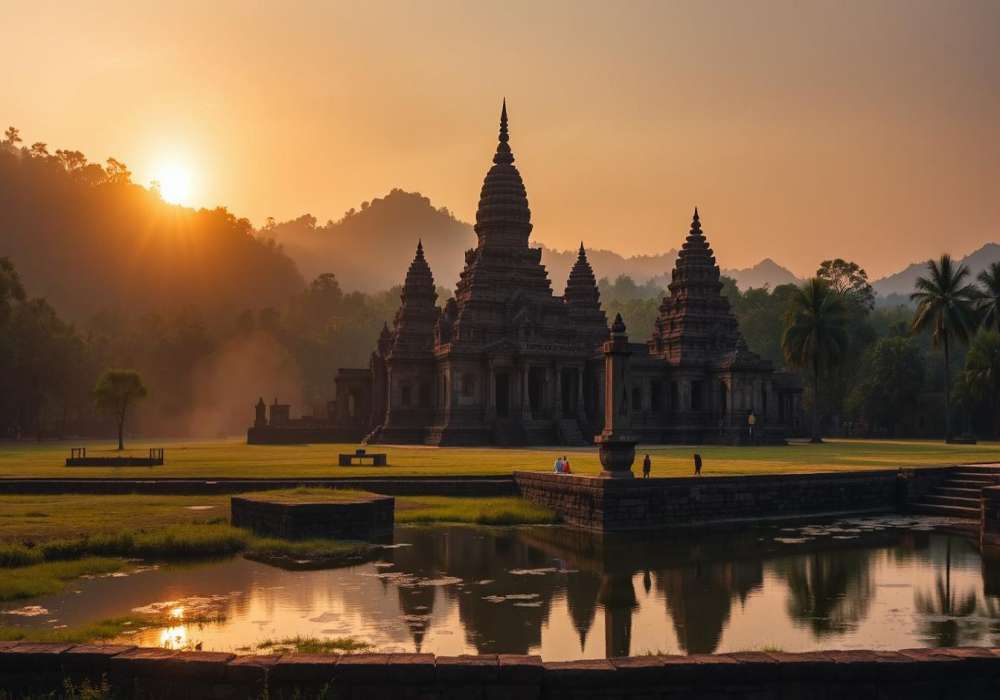
Last Updated At: 28-Aug-2025
10 Famous Temples In Tripura | You Must Visit In 2025
India, a land of diverse cultures and beliefs, is a treasure trove of ancient temples that stand as testaments to faith, devotion, and architectural brilliance. Among the lesser-known yet remarkable destinations, the state of Tripura shines brightly with its array of temples, each steeped in history, mythology, and spiritual significance. From the sacred shores of the Gomati River to hilltops that touch the sky, Tripura's temples offer a glimpse into the heart of its religious heritage.
List Of 10 Best Temples In Tripura
- Tripura Sundari Temple | The Abode of Goddess Kali
- Chaturdash Devta Temple | Where Fourteen Deities Reside
- Kasba Kali Temple | A Serene Hilltop Haven
- Gedu Mia Masjid | A Testament of Gratitude and Faith
- Mahamuni Pagoda | A Buddhist Haven of Peace
- Venuban Vihar | Where Metal Meets Spirituality
- Bhubaneswari Temple | Where Tradition and Gomati Converge
- Maa Bhabatarini Temple | A Cultural and Devotional Hub
- Jagannath Temple | A Glimpse of Arabic Splendour
- Unakoti Temple | A Marvel of Carved Mystique
1.Tripura Sundari Temple | The Abode of Goddess Kali
Nestled among India's revered 51 Shakti Peethas, the Tripura Sundari Temple is one of the most ancient temples in Tripura, India, holds a special place in Hindu mythology. Its eastern side features a serene temple pond adorned with large fish and turtles, cared for by devotees who offer them "muri" and "cookies." This temple, devoted to Goddess Maa Kali, exudes spirituality from dawn till dusk. The vibrant Lalita Jayanti festival and the bustling Diwali Mela next to the temple draw over two lakh devotees annually, creating an aura of faith and festivity. The temple's Ek-Ratna architectural style is a testament to its timeless allure.
- Location: Udaipur
- Timings: 6 AM to 10 PM
2. Chaturdash Devta Temple | Where Fourteen Deities Reside
Situated 14 kilometres from Haveli in Purani Haveli, the Chaturdash Devta Temple is a haven for devotees of various deities, including Durga, Shiva, Vishnu, and more. This temple transcends time, welcoming worshippers around the clock and showcasing both Hindu and Arabic architectural influences. The Kharchi Puja festival, a grand celebration held annually in July, attracts hundreds of thousands of visitors, adding a burst of spiritual energy to this religious site in Tripura.
- Location: Agartala
- Timings: Open 24 hours
3. Kasba Kali Temple | A Serene Hilltop Haven
Perched atop a hill, the Kamalasagar Kali Temple, a product of Maharaja Dhanya Manikya's rule in the 15th century, offers an enchanting view of the river. Its allure is further enhanced by the serene Kamalasagar Lake nearby. Devoted to Goddess Durga, this temple welcomes visitors day and night (24 Hours Open), inviting them to experience the tranquillity of its surroundings. Navaratri is the one among Tripura temple festivals that amplifies this temple's spiritual resonance, drawing devotees and tourists to this remarkable piece of Tripura's heritage.
- Location: Kasba
- Timings: Open 24 hours
Read More : Culture Of Tripura
4. Gedu Mia Masjid | A Testament of Gratitude and Faith
The Gedu Mia Masjid, the largest mosque in Tripura, carries a unique backstory of its founder's journey from humble beginnings to construction success. Gedu Mia's contribution, arising from his role in building an airport in Agartala, led to the mosque's establishment. This enduring legacy showcases the power of faith and hard work, and it stands as a testament to communal harmony and the importance of giving back to the community.
- Location: Agartala
- Timings: Open 24 hours
5. Mahamuni Pagoda | A Buddhist Haven of Peace
Nestled in the northeastern region of South Tripura's Nagar Panchayat subdistrict, the Mahamuni Pagoda is a serene Buddhist temple that welcomes both Buddhist and non-Buddhist visitors. With its distinctive Buddhist architectural style, this temple offers a space for unity and celebrations. Suppose you search for how to reach Tripura temples. In that case, the location's proximity to Sabroom and Agartala ensures that it serves as a spiritual haven for travellers seeking the essence of Buddha's teachings. The Mahamuni Pagoda festival adds an aura of festivity to this tranquil abode, honouring the teachings of Lord Buddha.
- Location: Manubankul
- Timings: 6 AM to 7 PM
6. Venuban Vihar | Where Metal Meets Spirituality
Situated merely 2 km from Agartala's bustling city centre, the Venuban Buddha Vihar emerges as a prominent Buddha temple, renowned for housing a striking Buddha idol crafted entirely from metal and is now a UNESCO world heritage site. The temple in Tripura resonates with spirituality and festivity, especially during the vibrant celebration of Buddha Purnima, commemorating the birth, enlightenment, and demise of Lord Buddha. Constructed in 1946, this sacred abode features not one, but two idols of Buddha and Bodhisattva, draped in colourful hoardings that imbue the temple with an air of joyous celebration and reverence.
- Location: Agartala
- Timings: Open 24 hours
Read More : Festivals Of Tripura
7. Bhubaneswari Temple | Where Tradition and Gomati Converge
Adorning the banks of the Gomati River near Udaipur in Tripura, the Bhuvaneswari Shrine is a revered Hindu temple that finds its place in both history and literature. The shrine, dedicated to Goddess Bhubaneswar, is celebrated for its serene beauty and architectural elegance in the Bengali Charchala style. The temple is a sanctuary for devotees seeking solace and connection. The best time to visit a temple in Tripura is Kali Puja festival as it adds an extra layer of divinity to this sacred site, embodying the intertwining of faith and culture.
- Location: Udaipur
- Timings: 6 AM to 6 PM
8. Maa Bhabatarini Temple | A Cultural and Devotional Hub
Nestled in the Unakoti region of Tripura, the Maa Bhabatarini Temple is a poignant tribute to the deity Bhabatarini, a form of Maa Durga. Devotees gather to pay homage to Goddess Durga and partake in the vibrancy of the Maa Bhabatarini Mela, a major Tripura temple festival that magnifies the temple's significance. The temple's traditional Hindu architectural style stands as a testament to the timeless devotion that binds this community together.
- Location: Unnakoti
- Timings: 6 AM to 10 PM
9. Jagannath Temple | A Glimpse of Arabic Splendour
Adorning Agartala's landscape, the Jagannath Temple stands as a revered religious site constructed in the 19th century by the King of Tripura from the Manikya Dynasty. With the magnificence of Arabic architectural style, this temple invites devotees to bask in its divine aura. Dedicated to Lord Jagannath, Balabhadra, and Subhadra, this temple becomes a hub of devotion during the grand Ratha Yatra festival. Devotees capture the essence of spirituality and beauty within these walls, creating lasting memories of their encounter with the divine.
- Location: Agartala
- Timings: 6 AM to 10 PM
10. Unakoti Temple | A Marvel of Carved Mystique
Nestled in Tripura's lush landscapes, the Unnakoti temples are a Shaiva pilgrimage dating back to the 7th – 9th centuries. The rock carvings, murals, and waterfalls weave an enchanting ambience. Unakoti means "one less than a crore," symbolising the numerous rock-cut carvings. Hindu lore tells that Lord Shiva rested here during a journey to Kashi, and only he awoke at dawn, leaving others as stone images. The central Shiva head and Ganesha figures stand out. Each year, the 'Ashokastami Mela' in April draws pilgrims to these hidden gems of Tripura temples, celebrating Unnakoti's ancient art and spirituality.
- Location: Unnakoti
- Timings: Open 24 hours
Read More : Food In Tripura
In the realm of spirituality, Tripura's temples weave stories of devotion, history, and Tripura temple architecture. These temples aren't just places of worship; they are gateways to understanding the cultural, religious, and artistic diversity that defines this enchanting state. As you step into these hallowed halls, you will embark on a journey that transcends time and connects them to the essence of Tripura's spiritual heritage. Book your spiritual voyage with Adotrip.com and get the best deals and offers on flight tickets, hotel bookings and more.
With us, nothing is far!
Frequently Asked Questions About Temples In Tripura
Q1. Which are the most prominent temples to visit in Tripura?
A1. The prominent temples to visit in Tripura include Tripurasundari Temple, Bhuvaneswari Temple, Jagannath Bari Temple, Fourteen Goddess Temple, and Chaturdash Devta Temple.
Q2. Can I learn about the historical and religious significance of the temples?
A2. Yes, each temple holds historical and religious significance. For example, Tripurasundari Temple is a revered Shakti Peetha, and Jagannath Bari Temple has cultural importance.
Q3. Are the temples easily accessible from major cities or tourist destinations?
A3. Yes, the temples are easily accessible from major cities and tourist spots, connected by well-maintained roads and transportation options.
Q4. Are photography and videography allowed inside the temples?
A4. Photography and videography policies vary by temple. Check with authorities for specific guidelines on capturing visuals inside the premises.
Q5. What are the best times to visit the temples for festivals or special occasions?
A5. The best times to visit temples are during Hindu festivals like Durga Puja and Diwali, when they are adorned and vibrant with special rituals.
Q6. Are there any nearby attractions or natural wonders to explore along with the temples?
A6. Explore nearby attractions like Udaipur's lakes and cultural sites, as well as Neermahal Palace and Sepahijala Wildlife Sanctuary.
Q7. Can I find accommodations or hotels near the temples for a comfortable stay?
A7. Accommodations near temples are available in various options, catering to different budgets and preferences.
Q8. Are there any specific customs or rituals to observe while visiting the temples?
A8. Observe customs such as removing shoes, dressing modestly, participating in aarti, and showing respect to deities and surroundings while visiting temples.
Q9. How do the temples contribute to the cultural heritage of Tripura?
A9. Temples in Tripura safeguard cultural heritage through architectural beauty, sculptures, festivals, and rituals, showcasing the region's artistic legacy.
Q10. Are there any restrictions on entry for non-Hindu visitors at the temples?
A10. Generally, non-Hindu visitors face no strict entry restrictions, but it's recommended to be respectful of Hindu practises and enquire locally for guidance.
--- Published By Adotrip
Latest Blogs
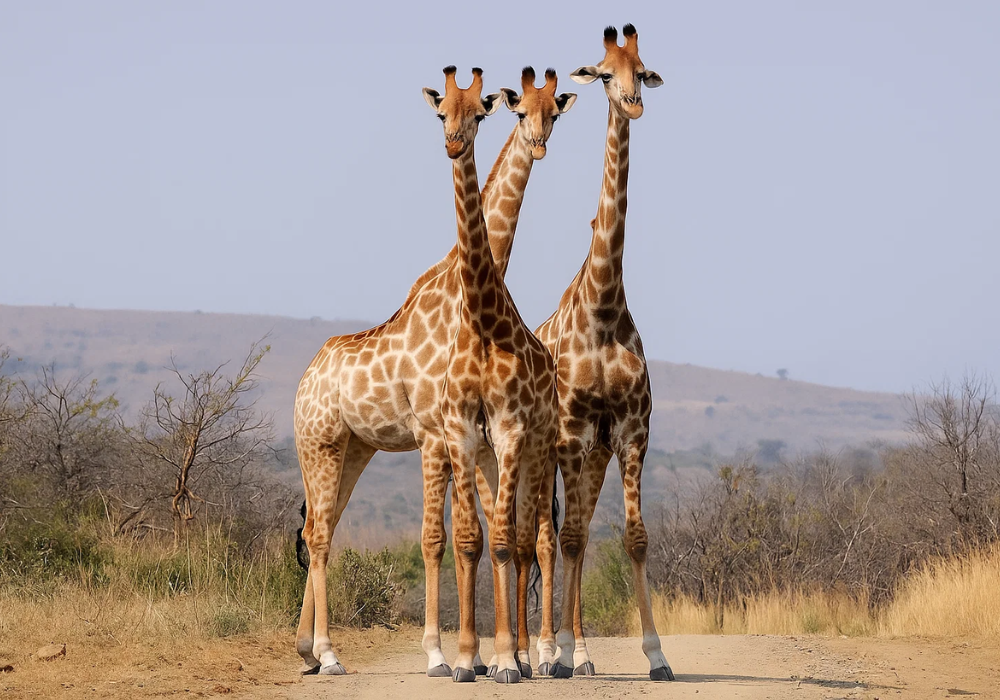
Cash in the Wild: My Safari Adventure Across Kenya with Only...

One Day Picnic Spot Near Pune - Adventure, Trekking and Natu...
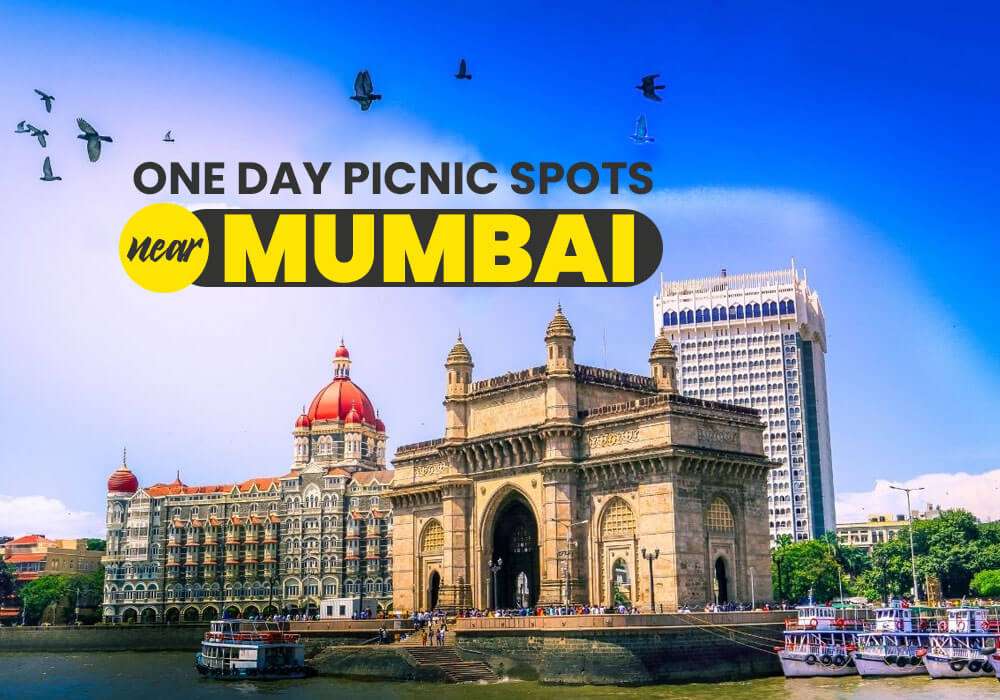
One Day Picnic Spots Near Mumbai - Monsoon, Adventure, Beach...
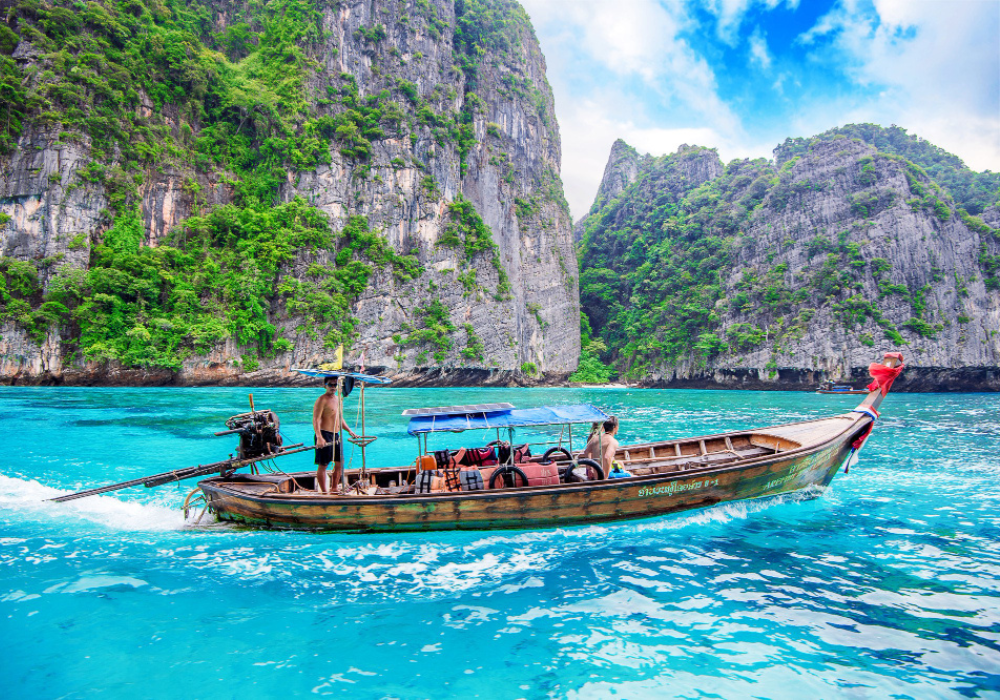
The Best Places to Go in Thailand in 2025
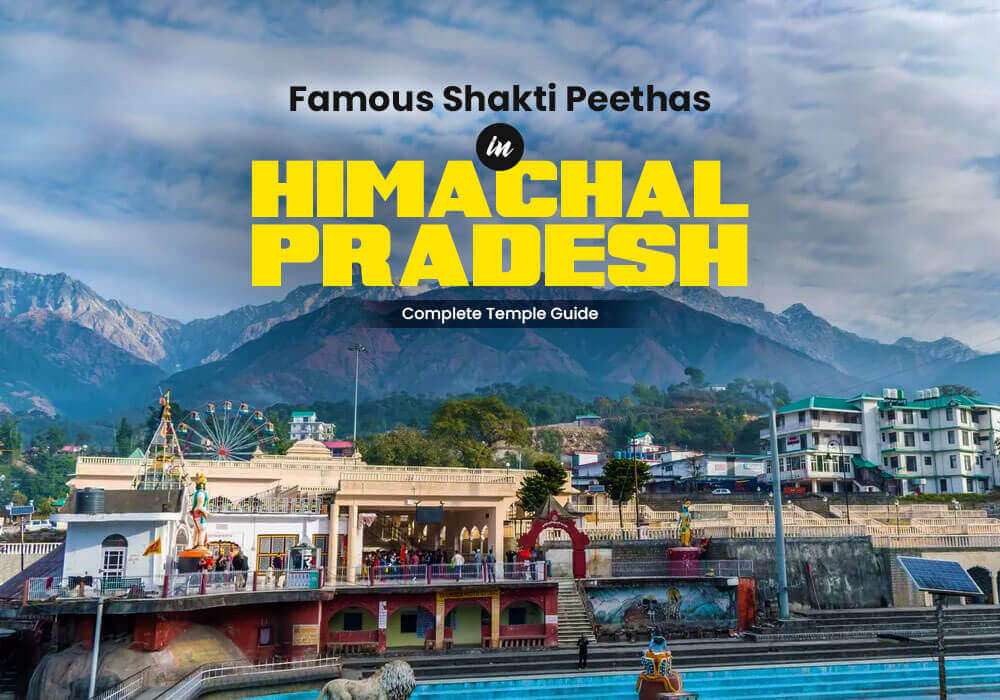

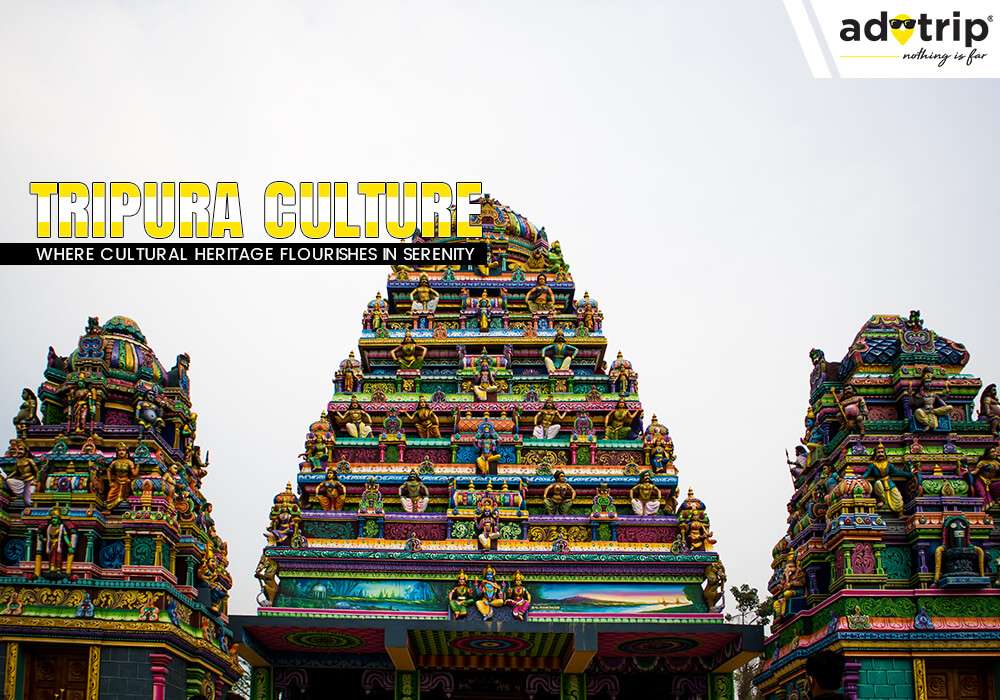
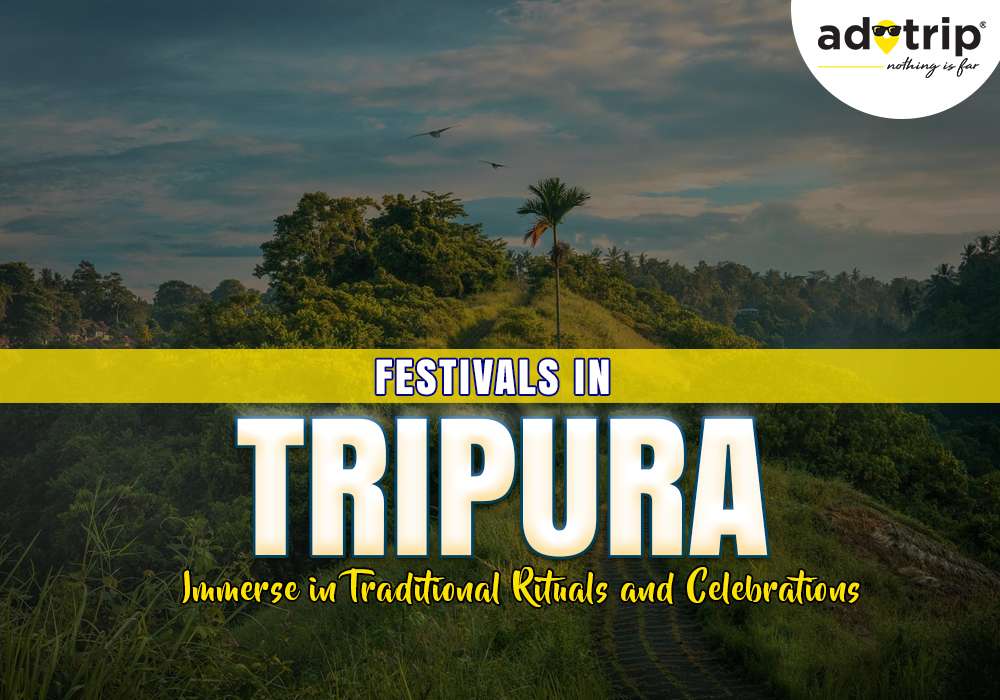

.jpg)


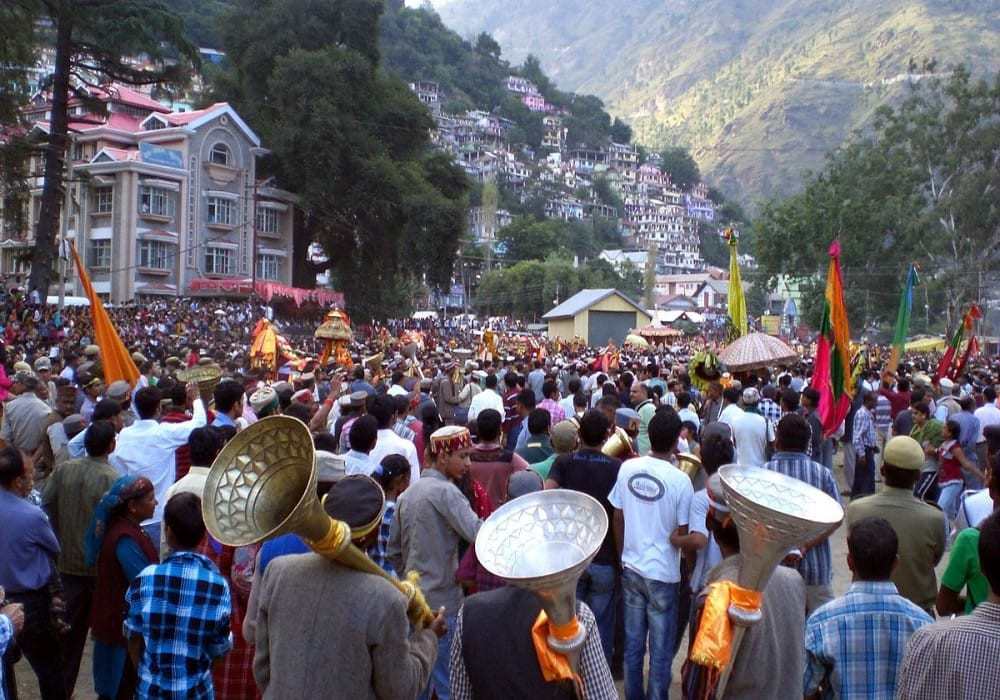


.jpg)
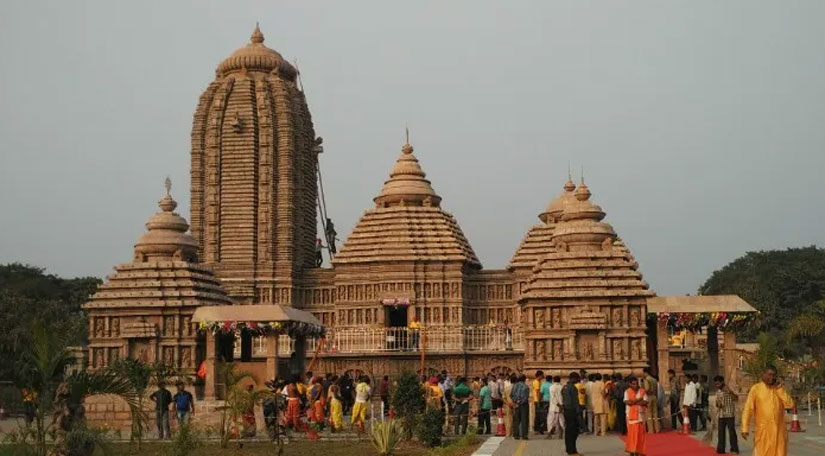
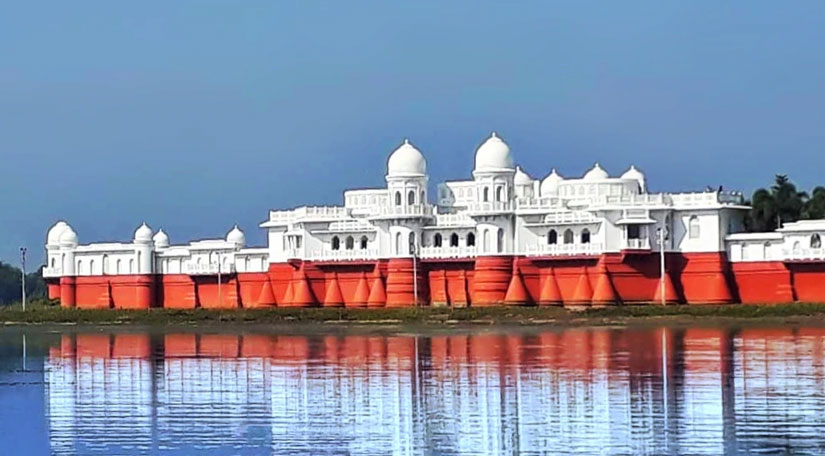
 Dubai
Dubai Malaysia
Malaysia USA
USA





